Baltimore"s Deadly Gun Violence Epidemic
Baltimore, a city grappling with one of the highest homicide rates in the nation, is now facing the stark reality of gun violence becoming a public health crisis. In 2022 alone, firearms were the leading cause of death among children and teens aged 1-17 in Maryland, highlighting the urgent need for a comprehensive response to this escalating threat. As reported by the Center for Gun Violence Solutions, 41% of all gun homicides in 2022 occurred in Baltimore City, which represents a staggering inequity considering the city comprises just 9% of the state"s overall population.
Mayor Scott"s Public Health Approach
Since taking office in 2021, Mayor Brandon Scott has attempted to tackle this crisis with a groundbreaking plan that reframes gun violence as a public health issue rather than merely a law enforcement challenge. This strategy, initiated with the Group Violence Reduction Strategy (GVRS), aims to engage with communities by investing in violence interrupters and trauma-informed support systems. The ambition is to reduce shootings by 15% each year for five years. However, the grim statistics suggest that this approach, while progressive, is not yielding the desired results.
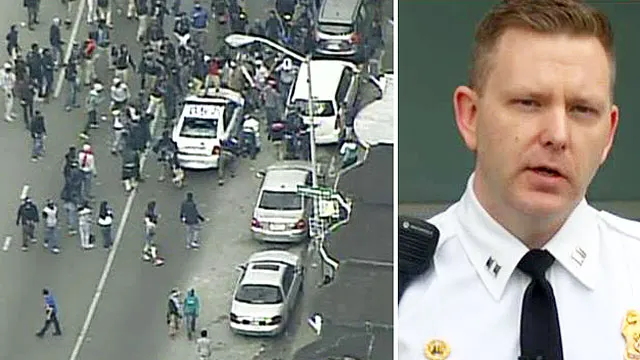
Police hold press conference on Baltimore violence | Fox News Video
Failure to Meet Goals
Despite the efforts and investment in community-based solutions, Baltimore continues to see alarming rates of gun violence. The Johns Hopkins Bloomberg School of Public Health reports that the illegal drug economy and the ubiquitous availability of firearms are significant factors contributing to this persistent crisis. The ineffectiveness of current strategies raises critical questions about the allocation of resources and the need for a more robust, multifaceted approach to gun violence prevention.
The Human Cost of Inaction
The human toll of gun violence in Baltimore is staggering. With over 400 lives lost last year alone, the ramifications extend beyond the immediate victims and their families. Communities are left reeling, with trauma impacting mental health outcomes and exacerbating existing health disparities. As reported by the Baltimore Police Department, many of those affected are already vulnerable due to socioeconomic factors, leading to a cycle of violence that is difficult to break.
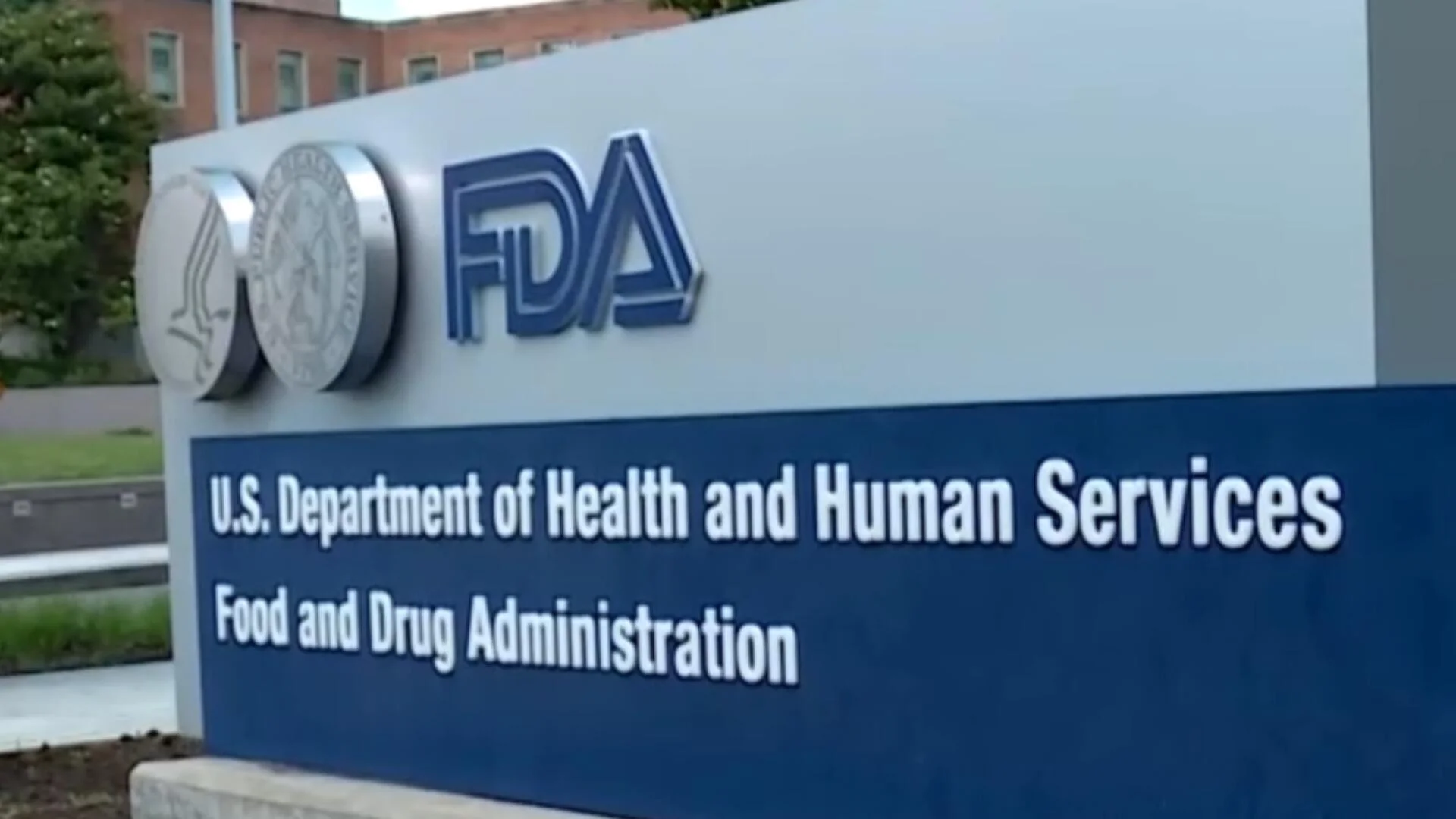
Next season"s flu vaccines will be on time despite canceled FDA meeting, HHS says
The Need for Equity in Health and Safety
The crisis of gun violence is not merely a law enforcement issue; it is a profound public health concern that demands equitable solutions. It is essential to understand that the communities most affected by gun violence often lack the resources and support systems necessary to address these challenges effectively. A shift toward prioritizing healthcare access, mental health services, and community support is crucial in mitigating the impact of gun violence. The absence of these services can perpetuate the cycle of violence, leaving marginalized communities without the tools they need to heal and thrive.
The urgency of this situation cannot be overstated. As Baltimore continues to grapple with this epidemic, the implementation of more aggressive public health strategies that prioritize community engagement, mental health support, and gun control measures must be at the forefront of the conversation. Without a concerted effort to address the root causes of gun violence, the city"s goal of creating a safer environment for its residents will remain an elusive dream.
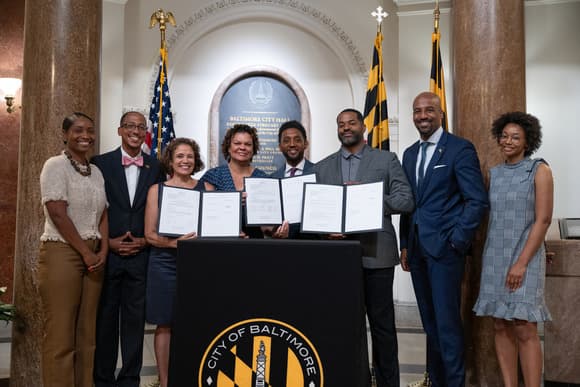


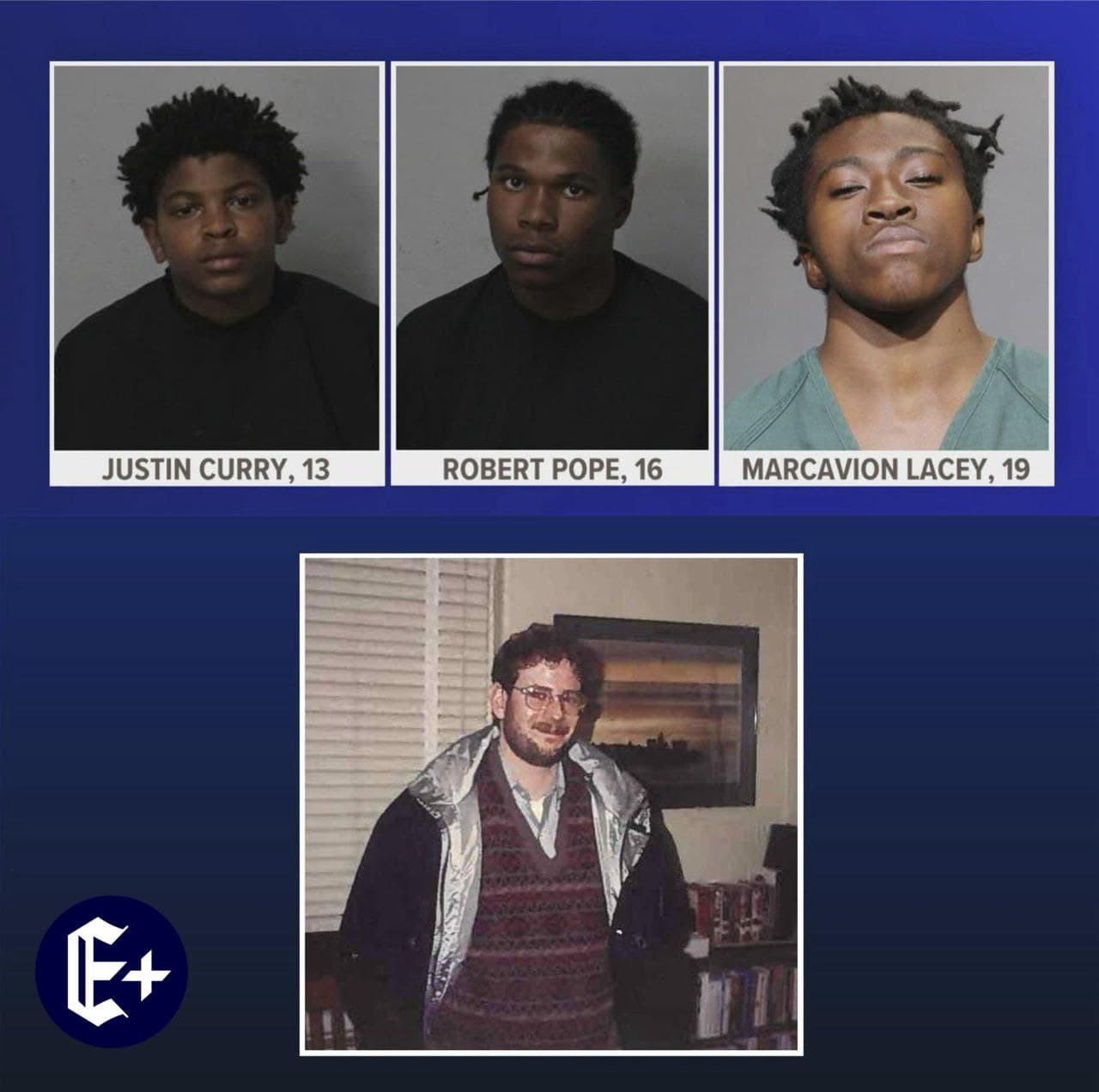

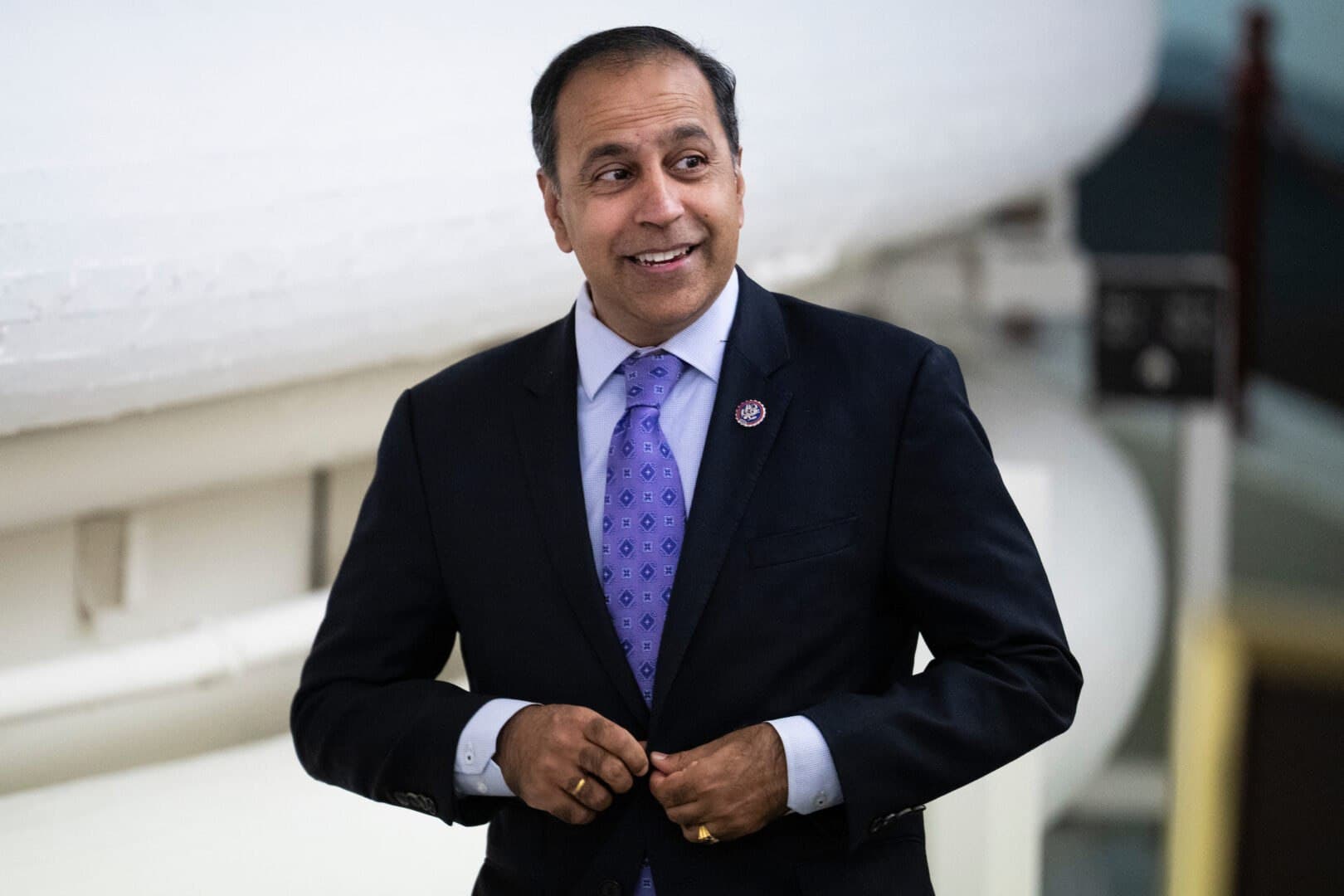
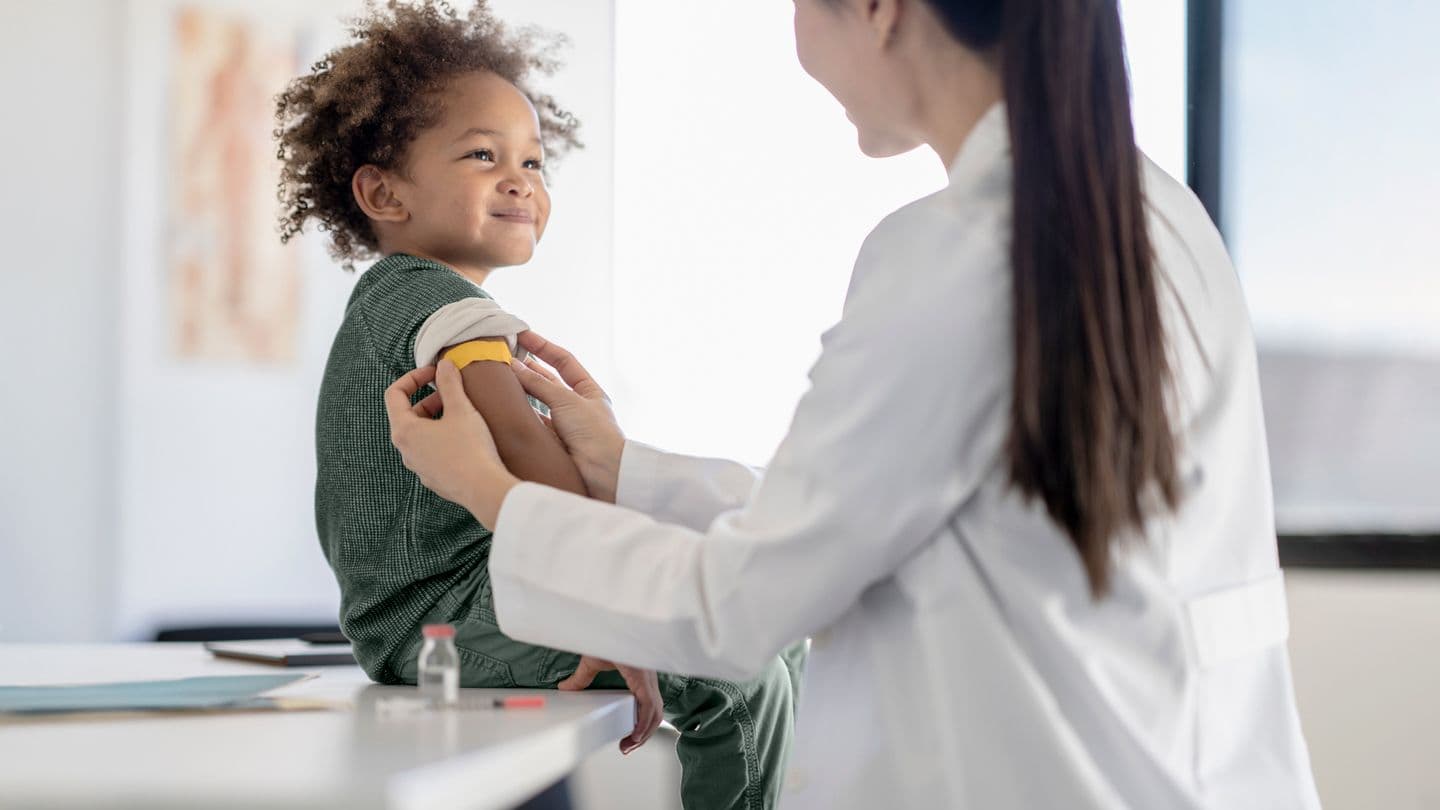
![[Video] More videos of ANTIFA activities emerge in Giessen](/_next/image?url=%2Fapi%2Fimage%2Fthumbnails%2Fthumbnail-1764454862523-wtbpg5-thumbnail.jpg&w=3840&q=75)